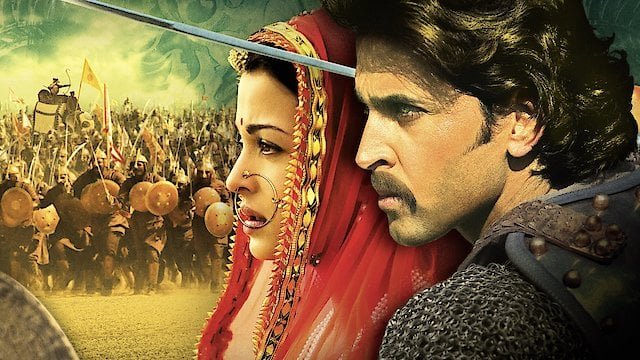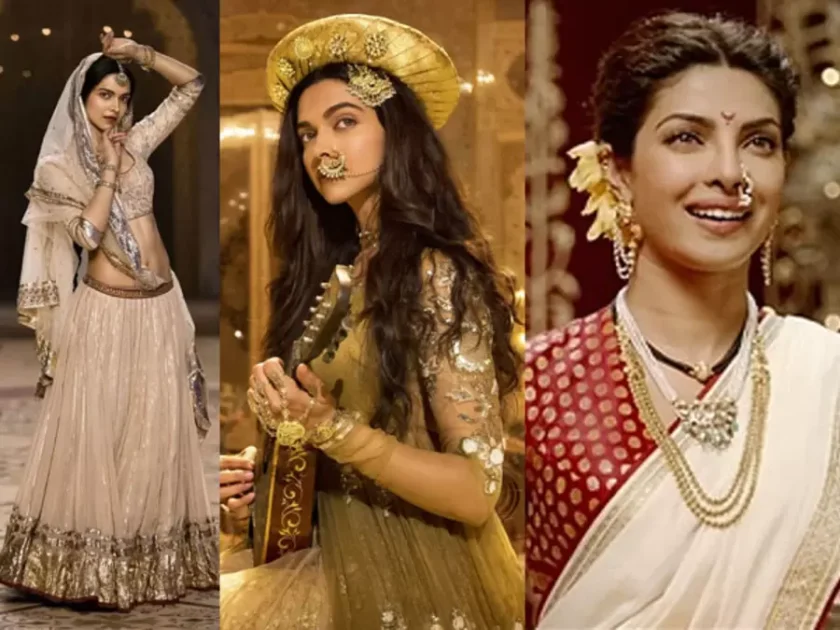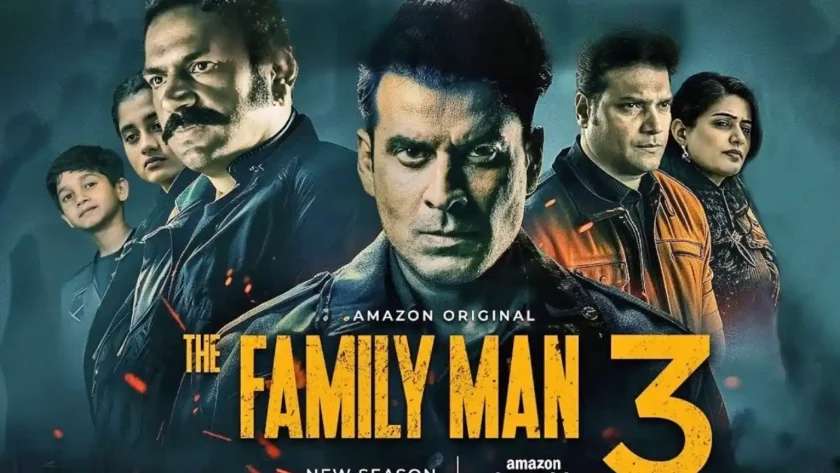Mumbai: Period dramas in Bollywood have significantly redefined storytelling, production, and audience engagement by elevating cinematic experiences to a grander scale. Here’s a deeper look into how these elements have been transformed:
1. Storytelling: Elevating Narrative Depth
Period dramas have expanded the narrative landscape of Bollywood by bringing historical and mythological stories to life, blending history with fiction in a way that resonates with contemporary audiences. Here’s how:
- Historical Fiction Meets Drama: Rather than adhering strictly to historical accuracy, Bollywood period dramas creatively interweave historical facts with dramatic elements, often amplifying emotions like love, loyalty, and betrayal. For instance, films like Bajirao Mastani and Jodhaa Akbar mix factual characters and events with romanticized versions of their lives to heighten the emotional stakes. This dramatization creates a deep connection with audiences who, even if unfamiliar with the historical context, engage emotionally with the storylines.
- Mythological and Epic Narratives Reimagined: The ability to reimagine mythological or epic stories as grand, humanized narratives has set Bollywood apart. Films like Baahubali mix myth with fantasy to tell larger-than-life stories of valor and virtue. These films have brought forgotten or lesser-known historical narratives into the mainstream.
- Complex Characters: These dramas often present multi-dimensional protagonists and antagonists who embody more than just historical figures. The characters are shown with human frailties, creating room for nuanced storytelling. This helps modern audiences relate to these figures on an emotional and moral level. For example, Ranveer Singh’s portrayal of Alauddin Khilji in Padmaavat was more complex than a typical villain, providing depth and intrigue.
- Patriotism and Identity: Some period dramas also redefine the sense of national identity, intertwining historical moments with themes of pride and patriotism. Films like Lagaan (which touched on India’s colonial past) and Panipat (which addressed the historical Maratha Empire) have evoked strong emotional reactions tied to national pride.
2. Production: Transforming Bollywood’s Visual Spectacle
The production value of period dramas in Bollywood has reached unprecedented heights, transforming the way films are made and consumed:

- Grand Set Designs: Filmmakers like Sanjay Leela Bhansali and SS Rajamouli are known for their meticulous attention to visual grandeur. Sets are constructed on a massive scale to recreate historical locations, be it palaces, forts, or battlefields. These immersive environments transport viewers back in time, adding authenticity and spectacle. Films like Bajirao Mastani and Baahubali stand as testimonies to how these colossal sets can make films a visual treat, leaving lasting impressions on viewers.
- Costume and Production Design: The use of detailed, era-specific costumes designed by experts has made period dramas even more engaging. Costume designers in Bollywood have played a significant role in building the film’s aesthetic credibility. For instance, the opulence of costumes in Jodhaa Akbar or Padmaavat helped set the tone and era, while providing visual allure that heightened audience immersion.
- VFX and CGI: The use of advanced visual effects (VFX) and computer-generated imagery (CGI) has enabled filmmakers to recreate grand, historically significant moments that were previously difficult to capture. Battles involving hundreds of warriors, expansive landscapes, and architectural marvels have been made possible through cutting-edge technology. Baahubali, for example, became known for its sweeping CGI-rendered scenes, which contributed to the film’s mythic scale and success. These advancements in production have set new benchmarks for the industry.
- Cinematic Techniques: Directors of period dramas also push the envelope with innovative cinematic techniques such as aerial shots, slow-motion sequences, and intricate choreography during battle scenes or royal ceremonies. The attention to detail elevates the films beyond simple historical retellings, turning them into cinematic spectacles.
3. Audience Engagement: Deepening Emotional and Visual Immersion
Period dramas have been instrumental in evolving the way Bollywood engages its audience, both emotionally and visually:
- Immersive Viewing Experience: The grandeur and scale of period dramas create an immersive experience, with audiences being drawn into different eras through the sheer beauty and spectacle on screen. The visual richness, combined with intense storytelling, captivates viewers and keeps them engaged throughout.
- Emotional Catharsis: These films often have emotional undertones that appeal to a broad demographic. Themes of love, valor, sacrifice, and tragedy create emotional connections with viewers. Audiences feel a deeper resonance with the characters’ journeys, especially when the protagonists face life-altering challenges, leading to a greater emotional payoff.
- Cultural Nostalgia: Period dramas tap into the collective memory of Indian audiences. Whether it’s the Mughal era (Mughal-e-Azam), the Maratha Empire (Bajirao Mastani), or British colonialism (Lagaan), these films evoke a sense of cultural pride or nostalgia. This connection to India’s rich history makes the films resonate with both younger generations (who are learning about these historical figures) and older generations who are familiar with them.
- Global Appeal and Diaspora Engagement: Period dramas, due to their grand scale and universal themes, have managed to engage international audiences, including the Indian diaspora. Films like Lagaan, Baahubali, and RRR have gained global attention, with Lagaan even receiving an Academy Award nomination. The crossover appeal of these films lies in their ability to blend Indian cultural themes with universally engaging stories of love, bravery, and sacrifice.
- Fandom and Community Building: Many period dramas have created massive fan bases, with people forming communities around these films. Whether through online discussions, fan clubs, or merchandise, these films have extended their reach beyond the theater, fostering an ongoing relationship between the film and its audience. For example, the Baahubali franchise generated a loyal fan base that eagerly anticipated sequels and engaged in discussions about the film’s lore and characters.
Transformative Impact on Bollywood
In conclusion, period dramas have redefined the landscape of Bollywood by combining epic storytelling with high production values, enabling deeper audience engagement. These films have elevated the art of filmmaking in India, creating a space for directors to experiment with historical narratives, larger-than-life characters, and intricate world-building. With the continued success of period dramas at the box office and their expanding global reach, this genre is likely to remain a cornerstone of Bollywood, leaving a lasting impact on Indian cinema for years to come.







